Here’s what Dave has been up to:
- Gathering existing information on land cover types in the Gorge
- On-the-ground plot placement within the Gorge
- Surveying the plots to quantify what species are present
- Grouping those species and environmental data into natural community types
Dave is using a “stratified random sampling” approach, meaning he creates two layers of maps within ArcGIS (the 1984 Land Cover map as well as the parcels the Trust owns outright) and then asks the software to generate random points that are spatially balanced. This allows for sampling to be consistent with the relative size of the parcel or land cover classification. In other words, if you are only sampling a land area that is 10 acres in size, you want a different number of plots than within an area that may be several hundred.
Once plots are determined, data collection begins. The data includes both environmental data, such as slope, and ground cover attributes. The next level of data is the ranking and placement of the forest into groupings called strata. Dave works from the top down in the forest, identifying the most abundant living things. He can then use all of this information to determine a natural community classification.

